This pub was originally Market Drayton’s first purpose-built cinema. The Hippodrome opened its doors to the public in 1927. The last picture show was in 1966. The cinema then became a bingo hall and later a supermarket. It now bears its original name.
Text about The Hippodrome.
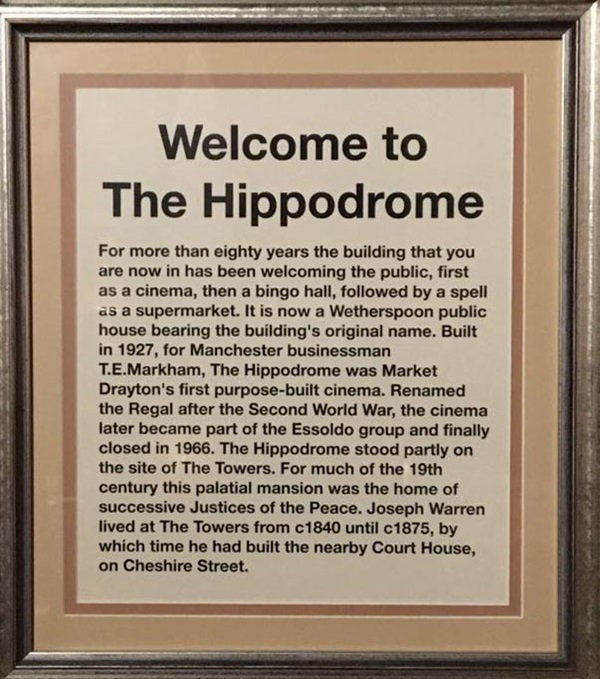
The text reads: For more than eighty years the building that you are now in has been welcoming the public, first as a cinema, then a bingo hall, followed by a spell as a supermarket. It is now a Wetherspoon public house bearing the building’s original name. Built in 1927, for Manchester businessman TE Markham, The Hippodrome was Market Drayton’s first purpose-built cinema. Renamed the Regal after the Second World War, the cinema later became part of the Essoldo group and finally closed in 1966. The Hippodrome stood partly on the site of The Towers. For much of the 19th century this palatial mansion was the home of the successive Justices of the Peace. Joseph Warren lived at The Towers from c1840 until c1875, by which time he had built the nearby Court Hose, on Cheshire Street.
A photograph of Mr John Holland, chief projectionist at The Hippodrome, 1950–56.
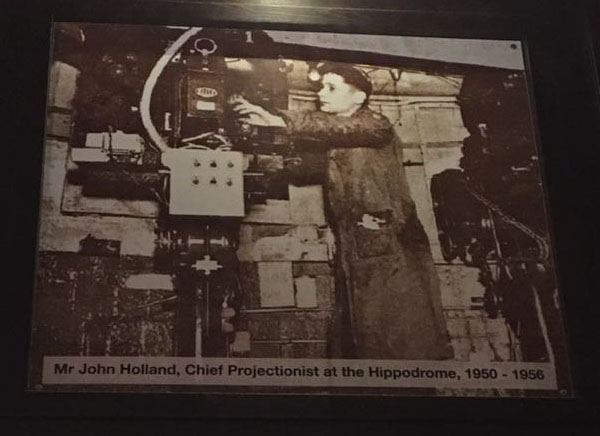
Prints and text about the Corbet family.
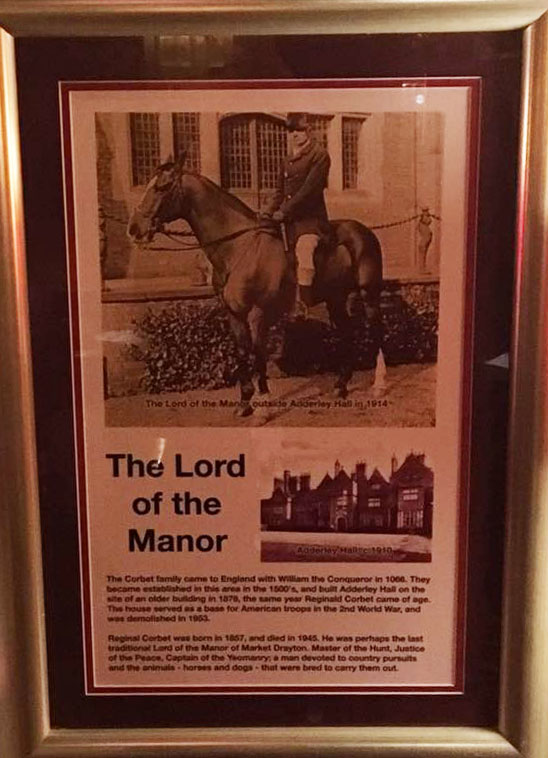
The text reads: The Corbet family came to England with William the Conqueror in 1066. They became established in this area in the 1500s and built Adderley Hall on the site of an older building in 1878, the same year Reginald Corbet came of age. The house served as a base for American troops in the 2nd World War, and was demolished in 1953.
Reginald Corbet was born in 1857, and died in 1945. He was perhaps the last traditional Lord of the Manor of Market Drayton, Master of the Hunt, Justice of the Peace, Captain of the Yeomanry; a man devoted to country pursuits and the animals – horses and dogs – that were bred to carry them out.
A photograph and text about gingerbread.
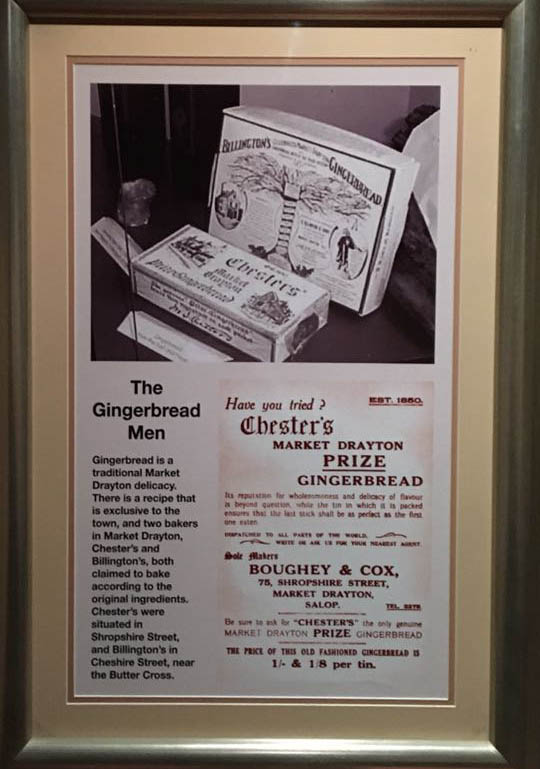
The text reads: Gingerbread is a traditional Market Drayton delicacy. There is a recipe that is exclusive to the town, and two bakers in Market Drayton, Chester’s and Billington’s, both claimed to bake according to the original ingredients. Chester’s were situated in Shropshire Street, and Billington’s in Cheshire Street, near the Butter Cross.
A photograph of Billington’s, the gingerbread baker.
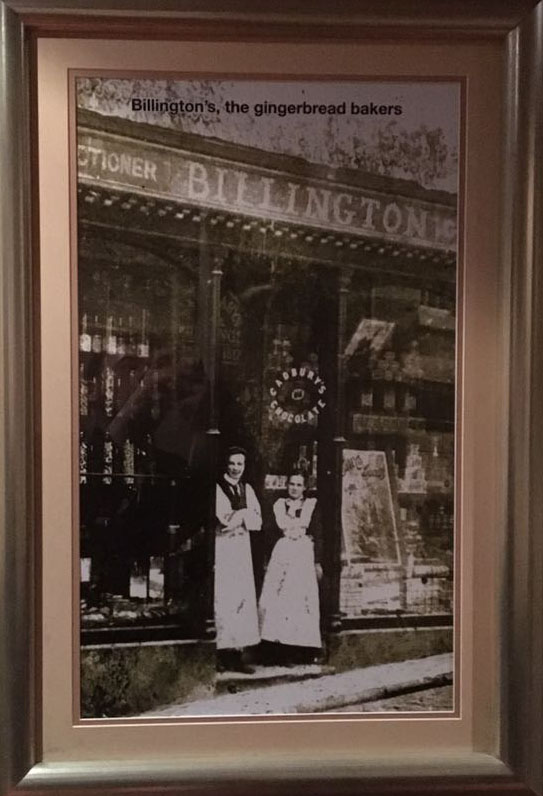
Photographs and text about Evadna Etches.
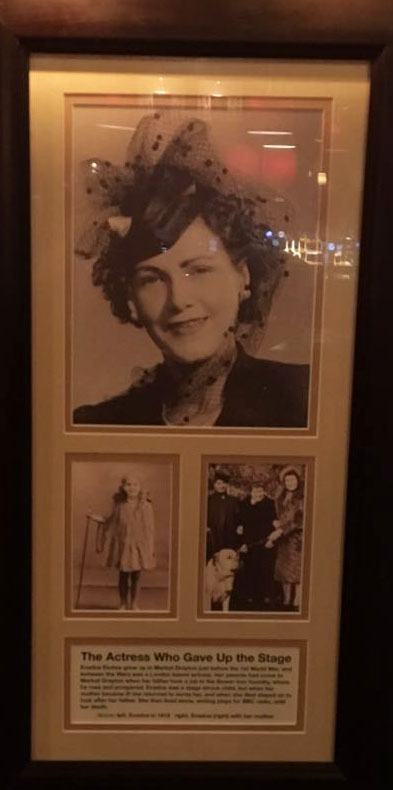
The text reads: Evadna Etches grew up in Market Drayton just before the 1st World War, and between the wars was a London based actress. Her parents had come to Market Drayton when her father took a job in the Gower iron foundry, where he rose and prospered. Evadna was a stage struck child, but when her mother became ill she returned to nurse her, and when she died, stayed on to look after her father. She then lived alone, writing plays for BBC radio, until her death.
Above: left, Evadna in 1918, right, Evadna (right) with her mother.
A print and text about the Shropshire Union.
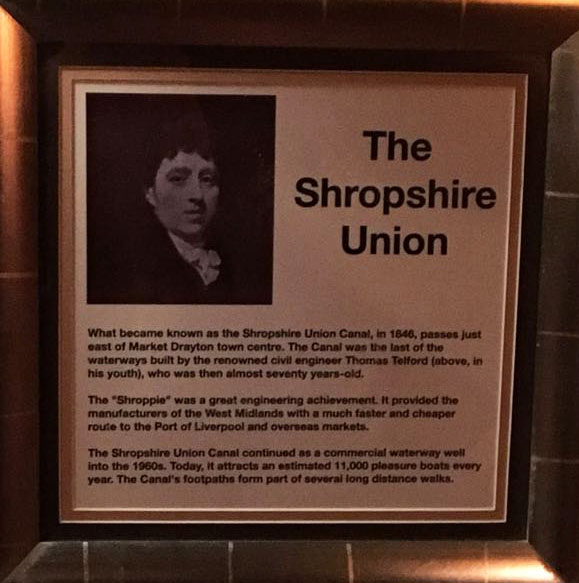
The text reads: What became known as the Shropshire Union Canal, in 1846, passes just east of Market Drayton town centre. The canal was the last of the waterways built by the renowned civil engineer Thomas Telford (above, in his youth), who was then almost seventy years old.
The ‘Shroppie’ was a great engineering achievement. It provided the manufacturers of the West Midlands with a much faster and cheaper route to the Port of Liverpool and overseas markets.
The Shropshire Union Canal continued as a commercial waterway well into the 1960s. Today, it attracts an estimated 11,000 pleasure boats every year. The canal’s footpaths form part of several long distance walks.
Text about the history of Market Drayton’s fair.
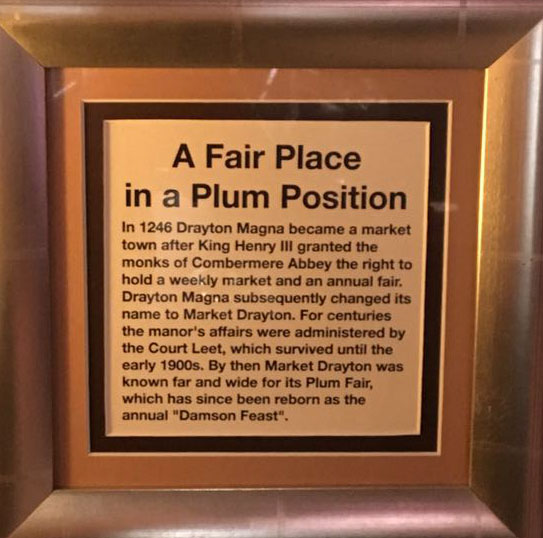
The text reads: In 1246 Drayton Magna became a market town after King Henry III granted the monks of Combermere Abbey the right to hold a weekly market and an annual fair. Drayton Magna subsequently changed its name to Market Drayton. For centuries the manor’s affairs were administered by the Court Leet, which survived until the early 1900s. By then Market Drayton was known far and wide for its Plum Fair, which has since been reborn as the annual Damson Feast.
A photograph of the Damson Fair, c1900.
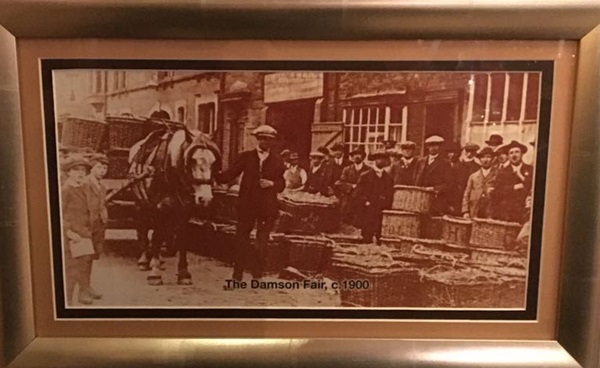
Text about the history of Market Drayton.
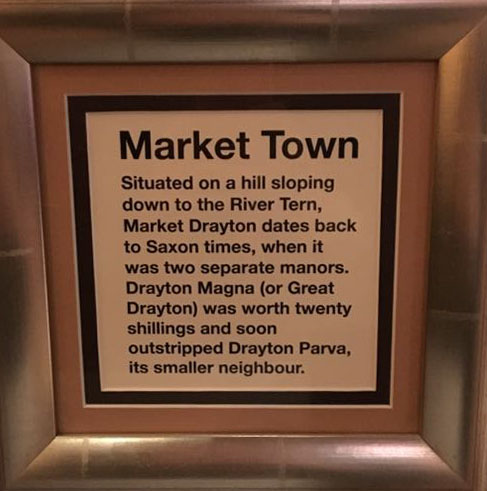
The text reads: Situated on a hill sloping down to the River Tern, Market Drayton dates back to Saxon times, when it was two separate manors. Drayton Magna (or Great Drayton) was worth twenty shillings and soon outstripped Drayton Parva, its smaller neighbour.
External photograph of the building – main entrance.
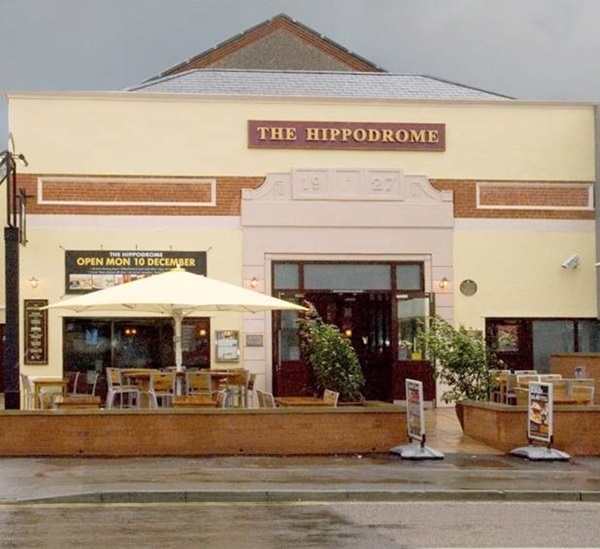
If you have information on the history of this pub, then we’d like you to share it with us. Please e-mail all information to: pubhistories@jdwetherspoon.co.uk